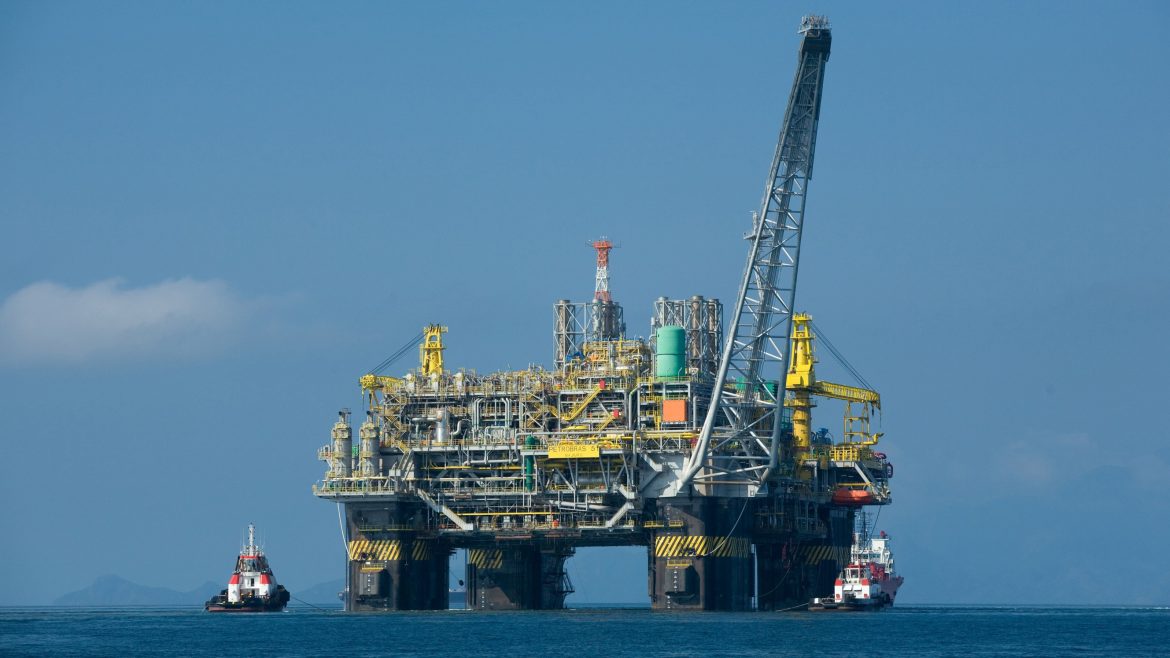As 2023 draws to a close, the tumultuous journey of oil prices, marked by geopolitical tensions, production cuts, and central bank interventions, is poised to conclude with a significant dip. Despite a late uptick in response to developments in the Red Sea, Brent crude and U.S. West Texas Intermediate (WTI) are heading towards their lowest year-end levels since the challenging year of 2020.
Geopolitical concerns and Red Sea routes
The year’s final trading day saw oil prices rebounding after a 3% dip, triggered by heightened tensions in the Red Sea. The targeting of vessels by Yemen’s Houthi militant group led major shipping firms to suspend the use of Red Sea routes. Brent crude futures rose by 0.8% to USD 77.73 a barrel, while WTI crude futures increased by 0.6% to USD 72.19.
OPEC+ production cuts and market dynamics
Despite production cuts by the Organization of the Petroleum Exporting Countries (OPEC) and allies like Russia (OPEC+), oil benchmarks have failed to maintain upward momentum. Down nearly 20% from the year’s highs, the OPEC+ output cut of approximately 6 million barrels per day, constituting about 6% of global supply, struggled to counterbalance the impact of external factors.
Challenges facing OPEC in 2024
OPEC faces a dual challenge of diminishing demand for its crude in the first half of 2024, coinciding with a decline in global market share – the lowest since the COVID-19 pandemic. This predicament is exacerbated by output cuts and Angola’s departure from the group.
Market forecasts for 2024
A Reuters survey of economists and analysts anticipates Brent crude to average USD 82.56 in 2024, a decrease from November’s consensus of USD 84.43. Projections cite subdued global growth as a limiting factor for demand, while geopolitical tensions may offer some support.
Oil’s performance versus global equities
The closing chapters of 2023 reveal a stark contrast between the weak performance of oil prices and the buoyancy of global equities. While oil experiences a year-end slump, the MSCI equity index, tracking shares in 47 countries, is set to conclude the year with a notable 20% increase. Investors, anticipating swift rate cuts from the U.S. Federal Reserve in the coming year, have driven the positive trend in global equities.
Currency market dynamics
In the currency market, the dollar faces a 2% decline for the year, signaling a reversal of its two-year trend of strong gains. The weakening position of the dollar, combined with shifting market dynamics, adds an additional layer of complexity to the global economic landscape.
As the final trading day of 2023 unfolds, the narrative of oil prices encapsulates a year of challenges and fluctuations. Geopolitical events, production dynamics, and market forces have collectively shaped an intricate storyline, positioning oil prices for a year-end performance that contrasts sharply with the upward trajectory of global equities. The evolving scenario underscores the intricate interplay between geopolitical events, economic forces, and market sentiments in the complex world of commodities.



